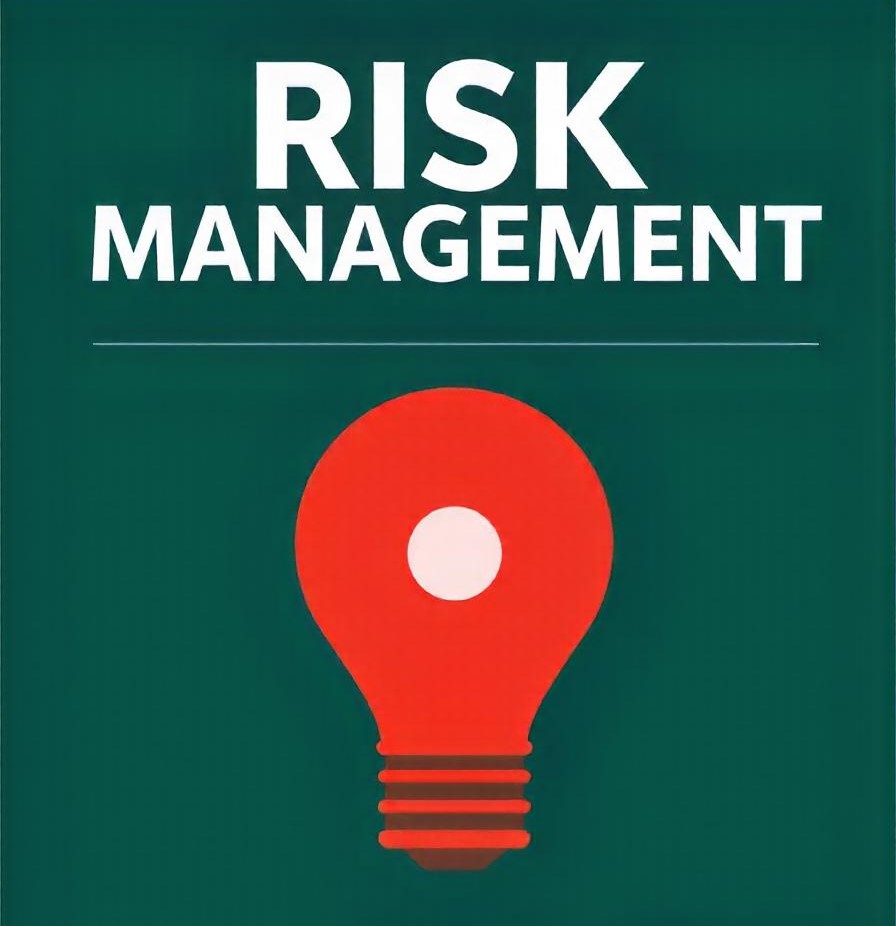In the modern business landscape, organizations face a variety of challenges, from managing risks and adhering to complex regulations to maintaining efficient governance practices. Governance, Risk, and Compliance (GRC) tools have emerged as essential solutions for businesses looking to navigate these challenges effectively.
More than just tools for regulatory compliance and risk management, GRC solutions can significantly support and align with broader business goals. This article explores how GRC tools can enhance organizational performance and drive business success.
1. Aligning Strategy with Risk Management
The definition of GRC tools is that they’re designed to approach governance, risk, and compliance within a business in a unified approach. GRC tools support business goals by aligning risk management with organizational strategy. Every business decision carries some level of risk, whether financial, operational, or reputational. GRC tools enable companies to integrate risk management into the strategic planning process, ensuring that risks are identified, assessed, and mitigated in alignment with business objectives.
By providing a comprehensive view of risks across the organization, GRC tools allow leaders to make informed decisions that support the company’s strategic goals. This alignment ensures that the business can pursue growth opportunities while managing risks effectively, leading to more sustainable and resilient business practices.
2. Enhancing Operational Efficiency
Efficiency is a critical goal for any business, as it directly impacts profitability and competitiveness. GRC tools streamline various governance, risk, and compliance processes, which effectively reduces the time and resources required to manage these functions. By automating routine tasks such as risk assessments, compliance checks, and reporting, GRC tools free up valuable employee time, which enables them to focus on strategic initiatives that drive business growth.
Moreover, GRC tools help eliminate redundancies and inefficiencies by providing a clever centralized platform for managing all GRC-related activities. This consolidation reduces the likelihood of errors and inconsistencies, leading to more accurate and reliable information. Enhanced operational efficiency reduces costs and also improves the overall agility of the organization, enabling it to respond quicker to changes in the market or regulatory environment.
3. Facilitating Regulatory Compliance
Regulatory compliance is a fundamental aspect of doing business, especially in industries with stringent regulatory requirements. Non-compliance can result in severe financial penalties, legal actions, and damage to the organization’s reputation. GRC tools help businesses to stay compliant by providing real-time updates on regulatory changes and automating compliance processes.
By maintaining up-to-date records and documentation, GRC tools ensure that businesses can demonstrate compliance during audits and inspections. This proactive approach to compliance not only minimizes the risk of regulatory breaches but also builds trust with customers, partners, and regulators. Compliance is no longer seen as a burden but as a competitive advantage that enhances the organization’s credibility and market position.
4. Strengthening Decision-Making Processes
Effective decision-making is crucial for achieving business goals. GRC tools provide decision-makers with the data and insights needed to make informed choices. By aggregating information related to governance, risk, and compliance into a single platform, GRC tools offer a holistic view of the organization’s status.
This comprehensive view allows executives and managers to understand the potential impact of their decisions on various aspects of the business, including financial performance, operational stability, and regulatory compliance. GRC tools often come with advanced analytics capabilities, enabling organizations to conduct scenario analysis and predict the outcomes of different decisions. This predictive insight supports more strategic and forward-thinking decision-making, helping the business achieve its long-term objectives.
5. Protecting Corporate Reputation
Reputation is one of the most valuable assets for any business. A strong reputation builds trust with customers, investors, and other stakeholders, leading to increased sales, investment, and business opportunities. Conversely, a damaged reputation can result in lost revenue, legal challenges, and a decline in market share.
GRC tools play a critical role in protecting corporate reputation by ensuring that the organization adheres to ethical standards, complies with regulations, and manages risks effectively. By providing a framework for consistent and transparent governance, GRC tools help to prevent incidents that could harm the company’s reputation, such as fraud, data breaches, or regulatory violations. When reputation-related risks are managed proactively, businesses can maintain the trust and confidence of their stakeholders, supporting long-term success and sustainability.
Conclusion
GRC tools are more than just compliance and risk management solutions—they’re strategic enablers that support business goals and drive success. By aligning risk management with strategy, enhancing operational efficiency, facilitating compliance, strengthening decision-making, protecting reputation, supporting business continuity, and driving innovation, GRC tools help businesses to navigate the complexities of the modern business environment.
Investing in GRC tools is an investment in the future. As organizations continue to face new challenges and opportunities, GRC tools provide the foundation for sustainable growth, resilience, and competitive advantage. By leveraging the full potential of GRC tools, businesses can achieve their goals, meet the expectations of their stakeholders, and secure their place in an increasingly dynamic and competitive marketplace.

